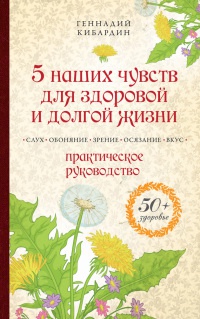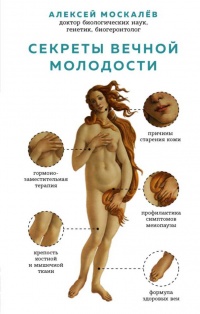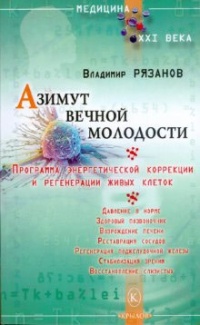Книга Эффект теломер. Революционный подход к более молодой, здоровой и долгой жизни - Элисса Эпель
На нашем литературном портале можно бесплатно читать книгу Эффект теломер. Революционный подход к более молодой, здоровой и долгой жизни - Элисса Эпель полная версия. Жанр: Книги / Медицина. Онлайн библиотека дает возможность прочитать весь текст произведения на мобильном телефоне или десктопе даже без регистрации и СМС подтверждения на нашем сайте онлайн книг knizki.com.
Шрифт:
-
+
Интервал:
-
+
Закладка:
Сделать
Перейти на страницу:
Перейти на страницу:
Внимание!
Сайт сохраняет куки вашего браузера. Вы сможете в любой момент сделать закладку и продолжить прочтение книги «Эффект теломер. Революционный подход к более молодой, здоровой и долгой жизни - Элисса Эпель», после закрытия браузера.
Книги схожие с книгой «Эффект теломер. Революционный подход к более молодой, здоровой и долгой жизни - Элисса Эпель» от автора - Элизабет Элен Блэкберн, Элисса Эпель:
Комментарии и отзывы (0) к книге "Эффект теломер. Революционный подход к более молодой, здоровой и долгой жизни - Элисса Эпель"
























